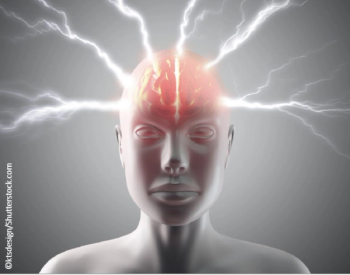
MAST study results, remote electrical neuromodulation for acute treatment, and noninvasive vagus nerve stimulation are featured topics.

MAST study results, remote electrical neuromodulation for acute treatment, and noninvasive vagus nerve stimulation are featured topics.
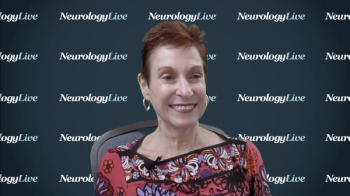
The professor of neurology, neurotherapeutics, and ophthalmology at UT Southwestern spoke about the potential of telemedicine in headache medicine, as well as the findings from a single-center, 45-patient study.

Because opioids have been shown to increase disability and reduce quality of life in patients with migraine, the search is on for effective alternative treatments.

Despite ongoing discussion regarding the 6-item Headache Impact Test’s relevance in the migraine population—for which it was not specifically developed—the test has been shown to be a useful tool in the assessment of patients with migraine.

Nearly one-third of persons with four or more migraine headache days per month have not received a diagnosis.
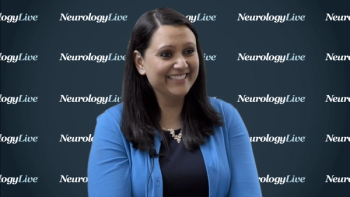
The director of the MedStar Georgetown Headache Center spoke about ubrogepant’s long-term safety and efficacy and its potential to fill the large gap that remains in acute migraine care.

Patients with migraine rated their telemedicine visits as more convenient with shorter visit times; two factors that can also benefit providers.

Survey data revealed 36% of patients with migraine with prescription medications were using opioids in acute management, though data also reinforced that receiving a diagnosis of migraine or chronic migraine was associated with a significantly decreased likelihood of opioid use.
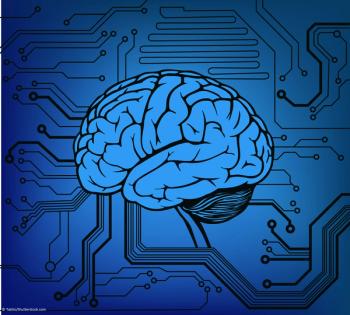
A promising alternative for patients who do not respond well to triptans or who wish to avoid pharmacotherapy.

Novel options for both acute and preventive therapy were presented at the American Headache Society Annual Scientific Meeting.

As measured with the Migraine Disability Assessment, the proportion of patients with episodic migraine experiencing severe disability was reduced significantly, and Headache Disability Inventory scores were significantly reduced.

Stephen D. Silberstein, MD, past AHS president and Editor in Chief of NeurologyLive, provides a preview of premier sessions that will take place at the upcoming annual meeting.

Emgality (galcanezumab-gnlm) is the first FDA-approved drug that reduces the frequency of headache attacks.
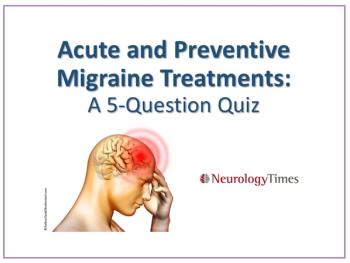
Take this brief quiz to test your knowledge of recent recommendations from the American Headache Society for the prevention and acute management of migraine.
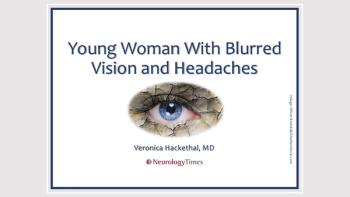
Is there a connection between this patient’s ocular symptoms and migraines?

This young woman is otherwise healthy and doesn’t drink or abuse drugs. What’s in your differential diagnosis?

The patient has a history of migraine. Is this another attack-or is something else going on?

A driver sees what appear to be squiggly lines in the right field of vision of her right eye.

The director of the MedStar Georgetown University Hospital Headache Center discussed the importance of understanding the biologic mechanisms of migraine for patients and providers.

The director of the MedStar Georgetown Headache Center discussed ways to improve the patient-provider relationship and how primary care can get involved.

The director of the MedStar Georgetown University Hospital Headache Center stressed building a culture of teaching patients to be their own advocates and to build the relationship with the patient to better manage their migraines.

The director of the MedStar Georgetown University Hospital Headache Center discussed the development of acute care options for patients to improve their quality of life and the management of their condition.

The director of the Hartford Headache Center spoke about the trend toward device use in migraine treatment, and some of the reasons that may have prompted it.
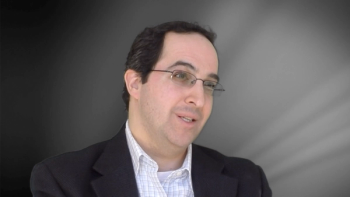
The director of the Hartford Healthcare Headache Center in Connecticut and lead investigator on the trial provided some insight into the study's findings.

As the scientific grasp of it gets tighter, ensuring physicians have an understanding of the diagnosis of and treatment options for cluster headache becomes of utmost importance.

Theranica, its developer, noted that it has completed regulatory submission for the device to the FDA, and that if approved, it plans to commercialize the product by the end of 2019.

While studies support the use of cannabis for pain in adults, a lack of clinical data and an inability to perform studies has slowed the medical community’s understanding of the drug’s conceivable use in headache conditions.

Phase III results have shown galcanezumab is efficacious for multiple headache conditions.

The anti-CGRP treatment continues reducing migraine days a year after patients received infusions.

Rimegepant significantly reduced pain and the most bothersome symptom while showing an "excellent" safety profile for patients with acute migraine attacks.